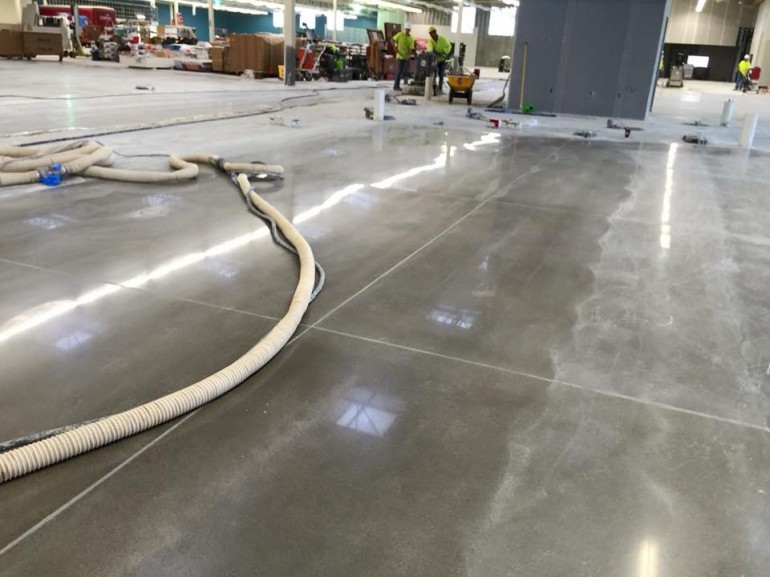
![]()
We’ve compiled a fundamental list of everything you need to know about concrete. Enjoy!
Six components make up concrete, they are:
Cement
Fine Aggregate (sand)
Coarse Aggregate (rock)
Fly Ash
Chemical Admixtures (these enhance multiple characteristics)
A concrete mixture is made up of 60% to 75% aggregate and the rest is comprised of a cement paste (cement, water, and possibly fly ash combined).
There are different types of cement. Following is a list and brief description of Portland Cement:
Type I - Normal
Type IA - Normal, air-entraining
Type II - Moderate sulfate resistance
Type IIA - Moderate sulfate resistance, air-entraining
Type III - High early
Type IIIA - High early, air-entraining
Type IV - Low heat of hydration
Type V - High sulfate resistance
Water to Cement Ratio:
The water to cement ratio is extremely important to the overall quality of the concrete mixture. Typically, a lower water to cement ratio allows for more compressed and flexural strength, a better bond between the concrete and steel that’s reinforcing, less cracking, shrinkage, less permeability, and more resistance to weather and wear. This basically means the less water the better.
More Compressive and Flexural Strength:
Compressive and flexural strength are engineered parts of a concrete mixture.
How to Determine the Ratio of Water to Cement
This is figured out by dividing the water weight in a cubic yard of the mix by the cement weight plus the fly ash in the mix. The ratio typically ranges from .35 to .70. In grout mixes this is typically over .70. The water to cement ratio can also be figured out by testing a sample of hardened concrete in a Spectrographic SS laboratory.
Fly Ash:
Fly ash is a mineral admixture that is used in concrete reinforce finishing characteristics. It also makes the mixture more economical and improves pumping. Fly ash has round particles and is much more fine than cement. Economically it’s better because it allows as much as 30% of the cement volume to be replaced by fly ash. Fly ash costs less than cement, which makes the mix more affordable. It has been said that fly ash lessens the compressive strength of concrete however, this isn’t completely true. Fly ash does slow the original strength gain of concrete, but at 28 days the strength of cement mix and fly ash strength are the same. Fly ash should be used whenever the specifications for the project fit.
Chemical Admixtures:
Chemical admixtures are used to:
Speed up concrete setting time
Reduce water (water to cement ratio)
Retard concrete setting time
To entrain air (for durability during freeze and thaw cycles)
